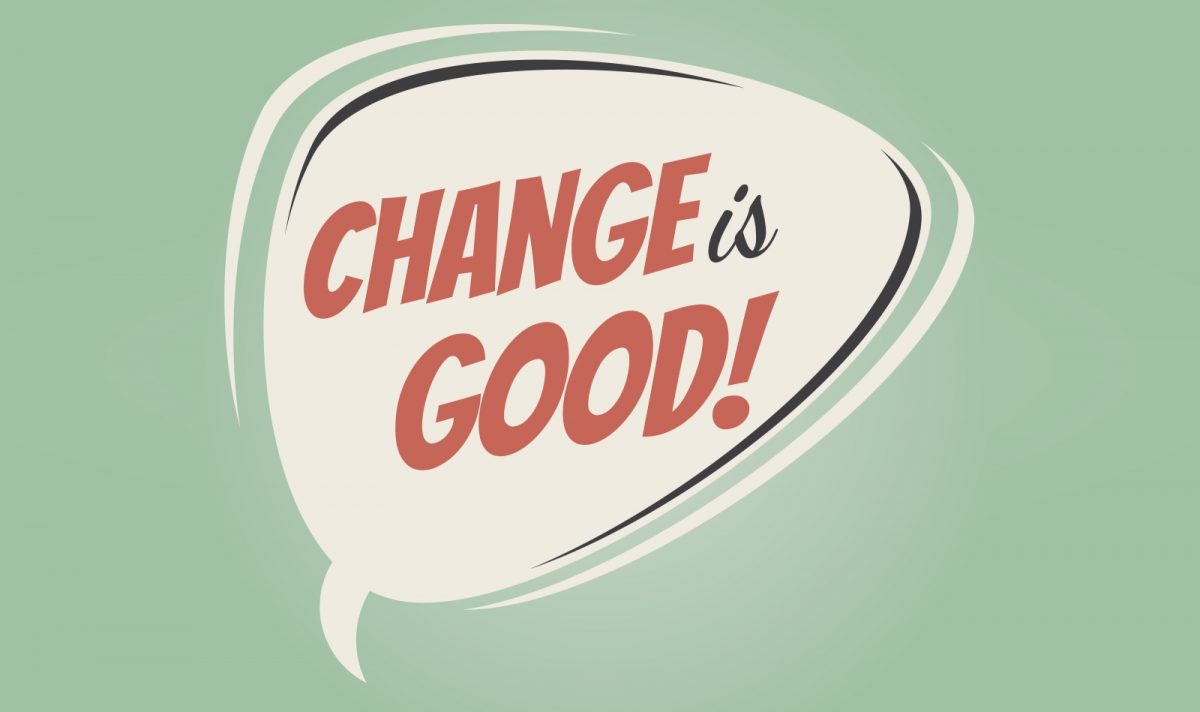Here in Central Florida, we enjoy winter as a predictably mild season. But if you live in a climate where changing seasons bring snow and ice, then you understand change! Shovels. Salt. Snow tires. Taking steps to assure safety and functionality are necessary, but not always easy.
Changes in the marketplace also require steps that prepare you and your business to stay safe and functional, and dare we say, even enjoy the changes.
Fine tuning your hiring systems and processes is an example of change that can make your business better prepared for what’s ahead.
Of course, change can seem daunting. We resist. But often even small changes can make a big difference. And when it comes to hiring the best people, making a few simple changes in your screening process can deliver dramatic results.
A relatively easy change, for instance, is resequencing the steps in your hiring process. According to Harvard Business Review, “Most companies have a standard hiring regimen: Recruiters start by reviewing résumés, move on to phone or face-to-face interviews with the most promising candidates, and then draw on various tests, often including psychometric tests, to determine which applicants are the best fit.”
Does this sound familiar? If so, you may want to consider a change.
Specifically, resequencing the process or the screening tools you use can make a positive impact on the success of your company. Here’s why:
- Time is your most valuable commodity. How many times have you invested in vetting, interviewing, second interviewing, sponsoring travel expenses, buying lunches and spending hours on a job applicant—only to find when you got to the final step of testing, that they were not a fit for your company or the job? While interviews are an important step in the hiring process, they are by nature subjective. And science shows that subjective measures are best placed later in the screening process.
- The right sequence protects you from mistakes. While we all identify with the mistake of screening in the wrong people, we may not recognize the mistake of screening out the right people—people who could make a significant contribution to your company. By placing objective, proven screening tools (such as assessments and simulations) early in the process, you will identify critical underlying work attributes that may otherwise be missed in an interview.
- Quality employees are a valued asset. A solid hire is an investment in the long-term success of your company. Think about your most valued employee with the longest tenure. What would you give to find two or three more like that person? Invest in objective hiring tools first, and the likelihood of finding top performers increases significantly. And when these hiring tools target actual job situations and behaviors, the accuracy of identifying the best people is unparalleled.
As we look forward to a new year, consider this simple change that will improve both the efficiency and the effectiveness of your hiring process: place the most objective screening tools first. Again, from Harvard, “Many service companies, including retailers, call centers, and security firms, can reduce costs and make better hires by using short, web-based psychometric tests as the first screening step. Such tests efficiently weed out the least-suitable applicants, leaving a smaller, better-qualified pool to undergo the more costly personalized aspects of the process.”
As Employment Technologies’ president, Joseph Sefcik, explains, “The time available to acquire good talent is more limited than ever. And, if you have delays or bottlenecks in your hiring process, you are not only losing valuable time—you’re likely losing some of your best candidates.”
Take time to evaluate opportunities for change. With a few strategic tweaks in your hiring process, your team will feel relaxed, prepared and ready for a bright new year!
So, what’s the most important first step in implementing change?
Check back In January for Part 2 in our series on Change!
.


